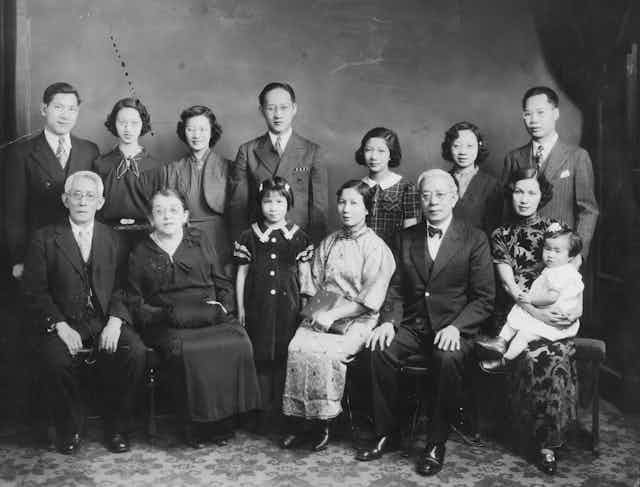In this episode of Don’t Call Me Resilient, author and CUNY professor Ava Chin, a 5th generation Chinese New Yorker, discusses her new book, Mott Street: A Chinese American Family’s Story of Exclusion and Homecoming.
The book artfully explores themes of exclusion as it relates to all Chinese Americans, plus personally for Chin with her father, a “crown prince” of Chinatown that she didn’t meet until adulthood. Chin reveals personal family stories against the backdrop of the U.S. eugenics movement and draws a connecting line between the current rise in violence against Asians in North America and anti-immigration laws more than 100 years old.
Chin also showcases the resilience, love lives and dreams of Chinese immigrants as well as their resistance to the attitudes and laws of the era.

In our conversation, Chin said:
This story goes back to a period in time, in the era of reconstruction, when the young country was asking itself, who is an American and who is not…And the decisions that they made back then in the 19th century set us on a course as a nation towards viewing all Asians as being foreign and suspicious. And so the great aim of this book is to shed light on Asian American stories and place Asian Americans into our proper space into the larger American story.

Listen and Follow
You can listen to or follow Don’t Call Me Resilient on Apple Podcasts, Google Podcasts, Spotify or wherever you listen to your favourite podcasts.
We’d love to hear from you, including any ideas for future episodes. Join The Conversation on Twitter, Facebook, Instagram and TikTok and use #DontCallMeResilient.

Resources

The Chinese Must Go: Violence, exclusion and the making of the Alien in America by Beth Lew-Williams
The Chinese and the Iron Road: Building the Transcontinental Railroad by Gordon Chang and Shelley Fisher Fishkin
Confronting the invisibility of anti-Asian racism by Jennifer Lee
Anti-Chinese stigma in the Greater Toronto Area during COVID-19: Aiming the spotlight towards community capacity - Social Sciences & Humanities Open
“Multiple Things Can Be True”: Understanding the Roots of Anti-Asian Violence - The Nation
From the archives, in The Conversation
Read more: The model minority myth hides the racist and sexist violence experienced by Asian women
Read more: Year of the Tiger: An opportunity for bold changes in combatting anti-Asian racism

